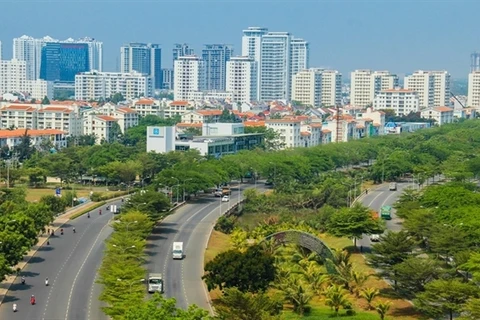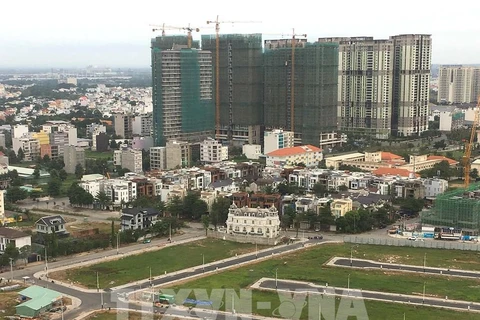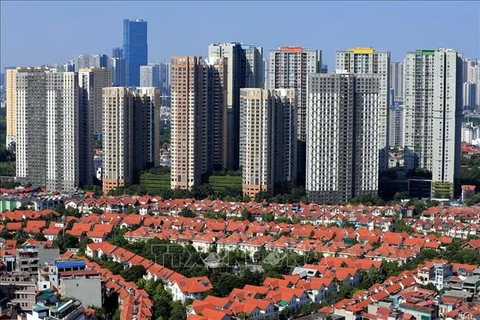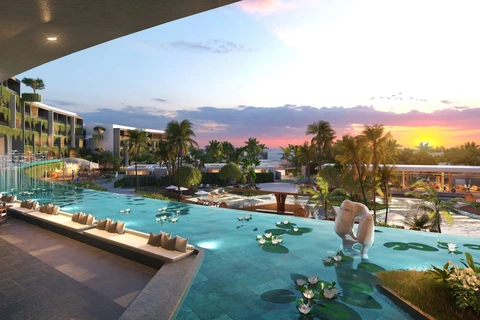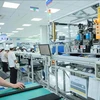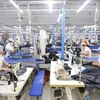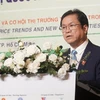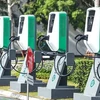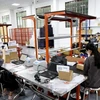 Supply of apartments in HCM City’s primary market in Q1 dropped by 18 percent year-on-year. (Photo: nld.com.vn)
Supply of apartments in HCM City’s primary market in Q1 dropped by 18 percent year-on-year. (Photo: nld.com.vn) Ho Chi Minh City (VNS/VNA) — Ho Chi Minh City’s apartment market saw supply decline in the first quarter.
According to a report by Savills Vietnam, the primary market supply was 4,050 units, a drop of 48 percent quarter-on-quarter and 18 percent year-on-year.
There were no new projects.
Twenty apartment projects in the city temporarily stopped sales mostly to make price adjustments for the second quarter.
The number of transactions was 3,020, representing a 46 percent drop quarter-on-quarter, but a 45 percent rise year-on-year.
Apartments in suburban areas accounted for almost all of the transactions, a vast majority of them in Districts 9 and 12.
Grade C apartments accounted for 80 percent of transactions and led primary market supply with a 74 percent share. It was followed by grade B at 23 percent.
Grades A and B are seeing limited supply and high prices, and are having to compete with grade C apartments, whose quality standards are improving, according to the report.
Prices in the primary market moved up by 6 percent, with some projects beginning new phases increasing their prices by 10 percent.
Prices across all grades would continue to rise, the report said.
Those that halted sales to make price adjustments are expected to hike them by up to 15 percent due to past success.
Troy Griffiths, deputy general director of Savills Vietnam, said there is a supply shortage and new stock in Q1 was snapped up quickly with the absorption rate being 83 per cent.
While developers are having difficulty raising funds through issuance of bonds and bank loans, foreign investment in Q1 was worth nearly 2.7 billion USD, he said./.
